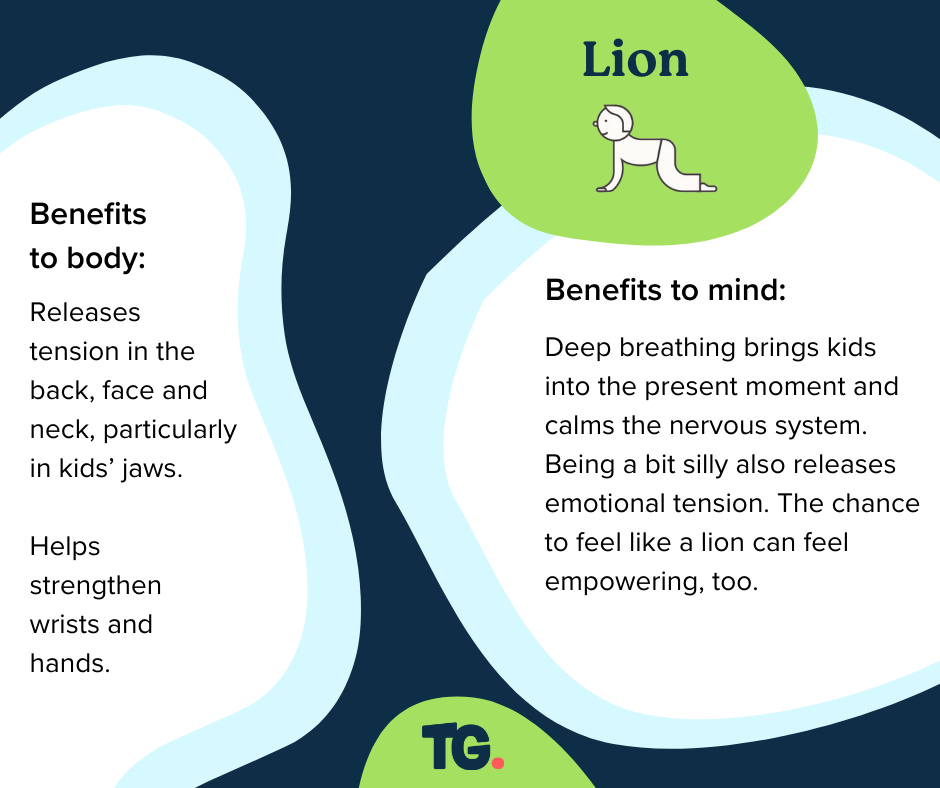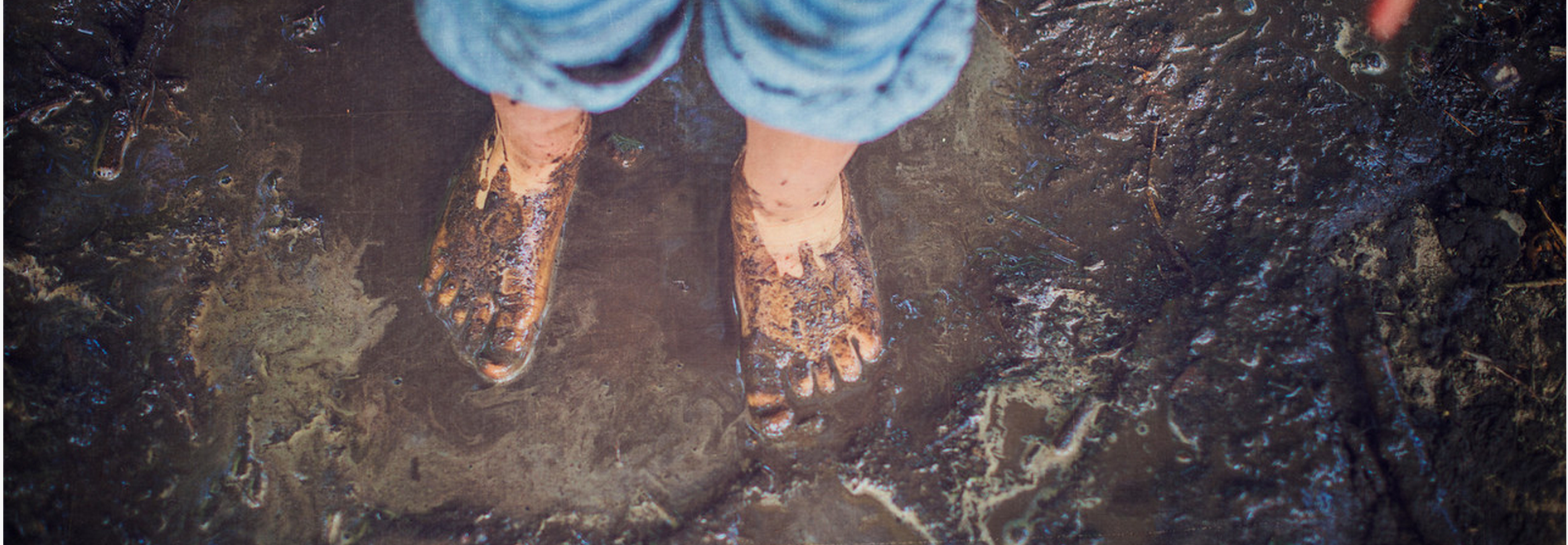Gross Motor
Category:
Body Skills

What are Gross Motor skills?
Gross motor skills involve movement and use of the large muscles of the body (e.g. those in our arms, legs and trunk/torso) that enable such functions as walking, running, sitting upright, climbing, and throwing.
In the first 16 months of the average baby’s life, she rapidly acquires significant gross motor skills: rolling over, sitting up, standing, crawling and walking. Toddlers and young children go on to build gross motor skills such as throwing and catching a ball, balancing on a log, jumping, and running in a game of tag.
Gross motor skills develop through practice and repetition, which is why a baby takes weeks to perfect each new milestone motor skill, and a child will attempt that same climbing stunt again and again or take a whole season to learn how to throw or catch a ball successfully.
Each child develops at his or her own pace and in his or her own way. Typical gross motor skills development also requires that the brain, spine, nerves and muscles need to be intact and undamaged. If damage has occurred through birth trauma, accident or illness, then progress of motor skills, as that of other skills, may be not resemble the notes below.
Why does it matter?
Gross motor skills are essential for every day, important body movements including walking, keeping balance, reaching, lifting and even sitting. These skills are essential for getting around, accessing the things we need and participating in games, sports and other activities that promote wellness, social development and learning. Gross motor skills are also necessary for other physical functions. For example, a child’s ability to sit and hold his upper body strong and steady will likely impact his ability to use his hands to write, draw and cut as well as his ability to follow instructions and participate actively in a classroom setting.
Typical Gross Motor Development by age:
18-24 months
Babies learn to walk well, skip, jump, and run. They learn to climb on stairs, logs, small ladders and age appropriate playground equipment (or, if like ours, on equipment designed for kids much older!). They also enjoy moving and grooving to music.
24-36 months
Toddlers run, jump and climb with improved coordination. Toddlers start to enjoy playing games that coordinate more than one gross motor skill like those that involve running, kicking and/or climbing. Toddlers also enjoy experimenting with movement in certain directions such as: forwards and backwards; in straight lines; rotating until dizzy, etc.
Age 3-4
Large muscle movement grows more coordinated. Children can run faster and switch both terrain and direction with much more ease, making chasing games and races both fun and helpful. Many children this age begin to use pedal toys and attempt to hop with both feet and then on one foot while keeping their balance. They can toss objects in the direction of a target and play catch at short distances.
Age 4-5
Large muscle movement grows even stronger and more coordinated. Most children master the hopping with one or both feet. They can run, jump forward and often skip. They can throw objects and often hit a target. Games that involve kicking and throwing while running are now possible and fun. Toddlers this age love to balance on the edges of objects and walk in straight lines. Movement that is rhythmic is both highly engaging and possible.
Ages 5-6
Large muscle movement only continues to grow stronger and coordinated as children’s energy level soars at this age. Most kids can hop, skip, and even jump rope. They easily throw balls at targets and are improving their ability to catch balls that are tossed to them. Kids this age start to take more risks with their climbing, making it an great age to begin climbing trees, challenging logs and rocks.
Age: 0 to 8+
Time: <30 min
Materials: your body, time







